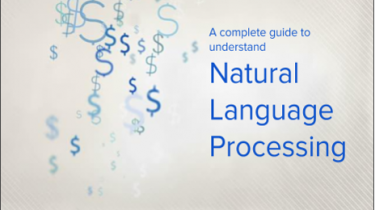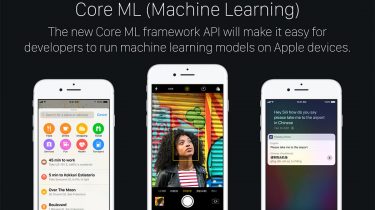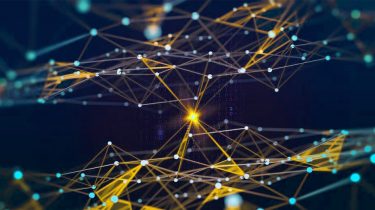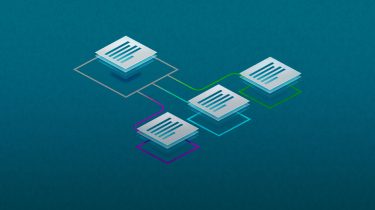Ultimate Guide to Understand and Implement Natural Language Processing (with codes in Python)
Overview Complete guide on natural language processing (NLP) in Python Learn various techniques for implementing NLP including parsing & text processing Understand how to use NLP for text feature engineering Introduction According to industry estimates, only 21% of the available data is present in structured form. Data is being generated as we speak, as we tweet, as we send messages on Whatsapp and in various other activities. Majority of this data exists in the textual form, which is highly unstructured […]
Read more








